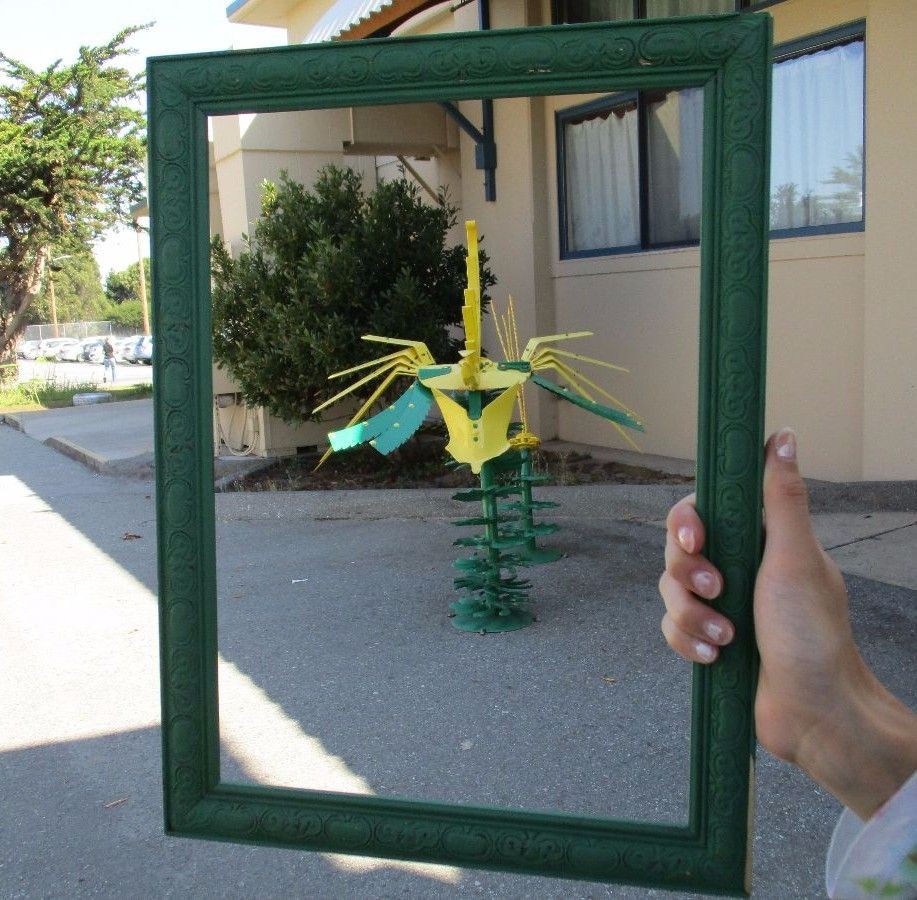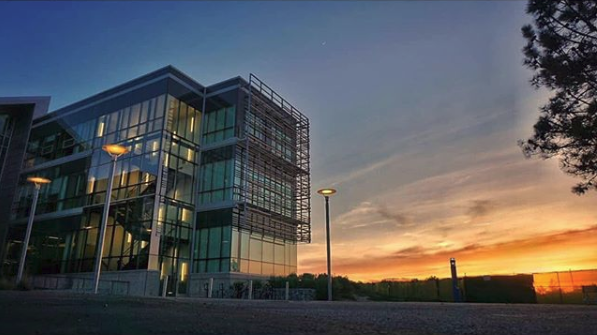Living Community Challenge
Throughout the CSUMB Master Plan process and within the draft document, sustainability has emerged as a foundational theme. In order to strengthen and provide structure around certain aspects of sustainability the campus is integrating the Living Community Challenge (LCC) into the Master Plan. In February 2017 the draft Master Plan was evaluated to determine the feasibility of incorporating one of two sustainability frameworks. The intent of introducing a framework is to incorporate a mechanism that is flexible to multiple project types within our campus community as the campus grows, while providing guidance and direction on a holistic and project-specific level. We considered Leadership in Energy and Environmental Design for Neighborhood Development (LEED-ND) and the Living Community Challenge. The gap analysis indicated campus has already included many elements that would support the achievement of either framework certification, however the Living Community Challenge emerged as the best option for the campus, primarily due to its inclusion of equity, beauty, health and happiness as well as its lower cost.

The Living Building Challenge
Campus has integrated the living community challenge into its master plan. One aspect of the Living Community Challenge is that all future buildings will strive to achieve Living Building Challenge petal certification.
7 Pedals of the Living Building Challenge
- Place
- Limits to growth
- Urban agriculture
- Habitat exchange
- Human powered living
- Water
- Net positive water
- Energy
- Net positive energy
- Health and Happiness
- Civilized environment
- Healthy neighborhood design
- Biophilic environment
- Resilient community connections
- Materials
- Living materials plan
- Embodied carbon footprint
- Net positive waste
- Equity
- Human scale and humane places
- Universal access to community services
- Equitable investment (not applicable as a public institution)
- Just organizations
- Beauty
- Beauty and Spirit
- Inspiration and Education




Overview of the Living Community Challenge

The Living Community Challenge is ambitious and because it sets a high bar, it will not contradict CSU policy or existing campus commitments. Rather, it will help us to achieve those goals and to be a leader doing so. Some of these elements are will be very challenging to achieve (net positive energy and net positive water). Each of these elements will be thoughtfully incorporated into the plan, prioritizing existing commitments (for example the carbon neutrality goal).
The Living Community Challenge is not a campus commitment, in the way that the carbon neutrality goal is a campus commitment. LCC will provide specific measurements that will help ensure projects diligently incorporate the “softer” aspects of building construction (art, natural connections, etc.) while providing aspirational targets that help meet our current commitments related to the infrastructure systems of energy, water, waste, etc. It will also provide venues to explore the next level of sustainability, through inclusion of materials used in the construction of our building projects. (This is also a potential opportunity for academic overlap; a class could evaluate building materials currently on a “red list” and identify potential alternatives.)
Finally, there are elements of the Living Community Challenge that may prove insurmountable within the timeframe of this Master Plan. If that is the case, this endeavor will still be a success. It will lead to conversations that might never had happened otherwise and will have a ripple effect to the designers, contractors, and stakeholders that also might not have otherwise considered these elements contributing to an industry sea-change towards a more sustainable future.